
Rating of the best Holter monitoring systems for 2022
The work of almost every cardiologist, therapist or family doctor is not complete without Holter monitoring of the electrocardiogram (ECG). Such a study has taken its rightful place among the basic diagnostic procedures for assessing the condition and functions of the heart. Now it is difficult to imagine an effective diagnosis of arrhythmias and control the effectiveness of the therapy performed without using long-term recording of cardiac activity parameters.
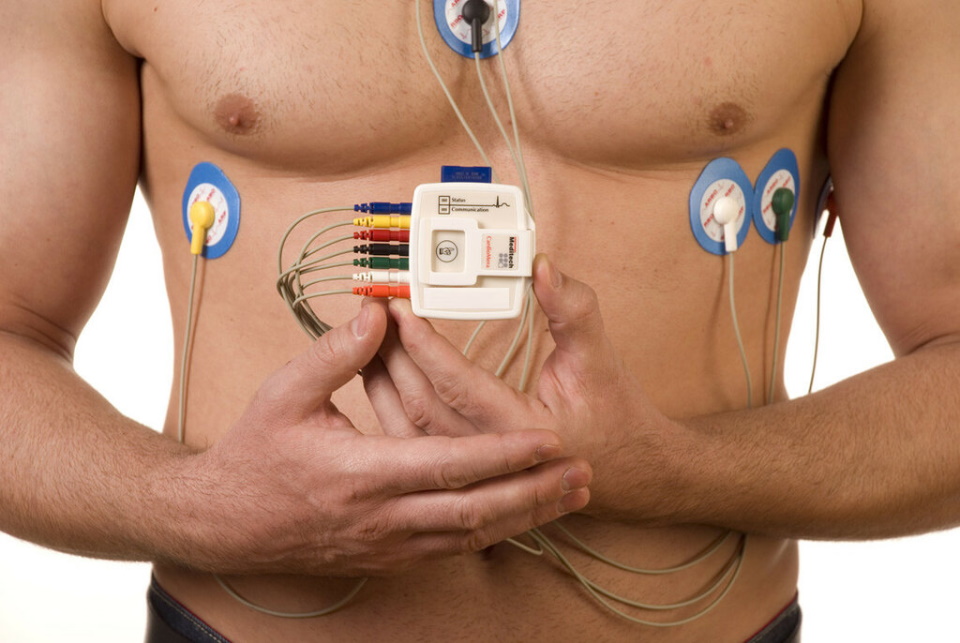
Content [Hide]
General information
The Holter monitoring system is a complex of medical equipment for continuous long-term ECG recording in the conditions of the patient's daily activities with data recording on a storage medium and subsequent playback of the recorded signals for deciphering and interpreting the results.
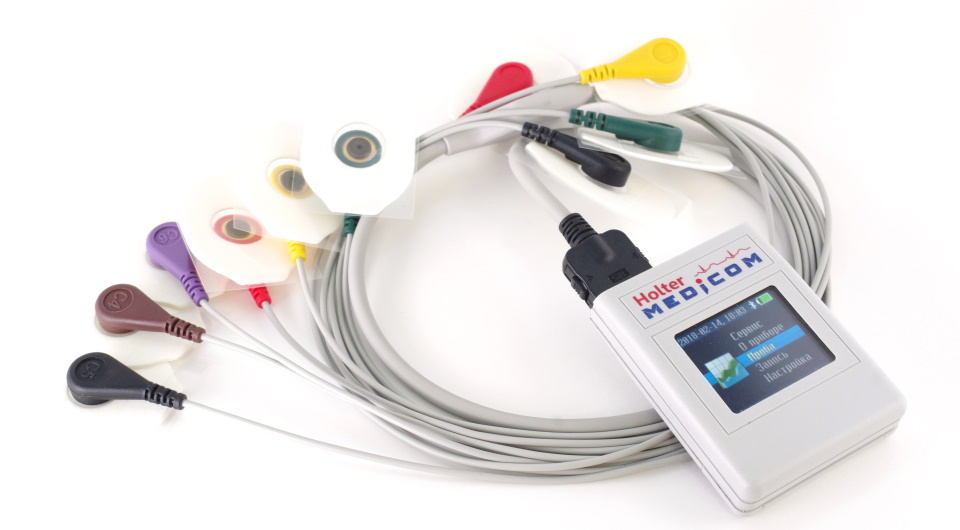
The new research method got its name in honor of the American biophysicist and inventor Norman Holter, who was the first to create a portable cardiograph for continuous ECG recording for a day or more (up to a week).
Operating principle
The mechanism of operation of the daily heart monitor is similar to the ECG equipment. With the help of patches on the patient's body, sensors are installed that record the electrical activity of the myocardium. As a rule, seven electrodes are used for registration.
The received data are sent via wires to a recorder equipped with a memory card, where they are stored until the moment of analysis by specialists and writing a conclusion for interpretation by a cardiologist.
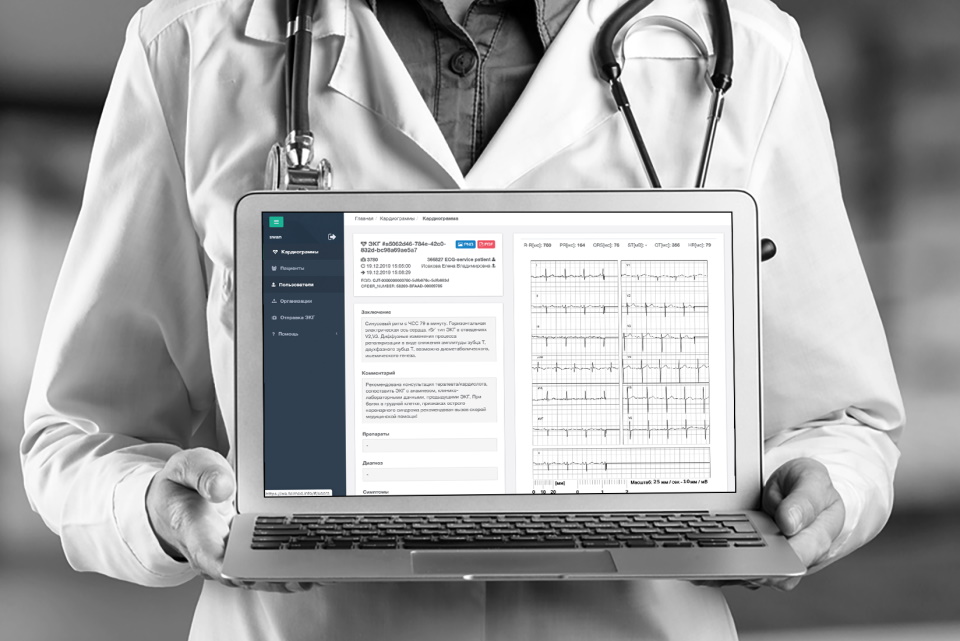
Sometimes, along with the placement of electrodes, a cuff is placed on the patient's shoulder to fix blood pressure.
The latest popular models have the function of online data transfer.
During the examination, the patient fills out a journal, where he enters information about the physical and emotional state, sleep time (including during the day), meals and medications, as well as any stress and changes in well-being. With this approach, complex diagnostics are obtained.
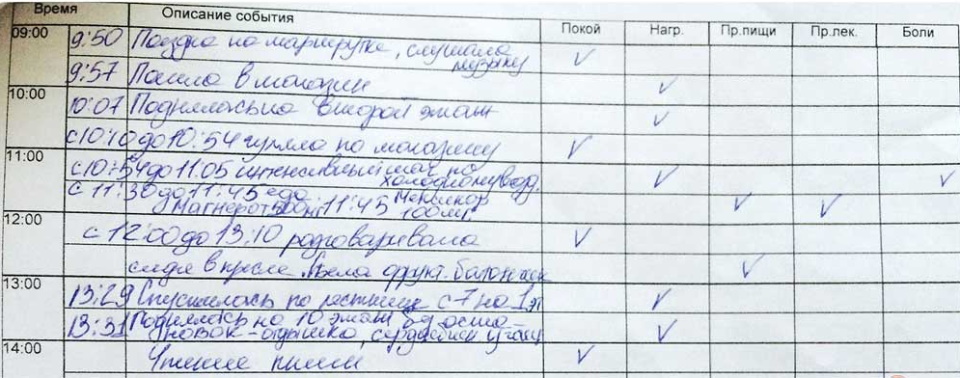
After removing the equipment, the doctor of functional diagnostics examines the indications and enters the information from the diary into the computer. The conclusion is worked out on the basis of the information received and usually the result is ready the next day.
Features of Holter monitoring are to study cardiac activity in the course of the patient's ordinary life, when everyday situations affect the work of the heart. As a result, negative aspects that remain invisible during a routine examination are revealed, and hidden heart diseases are diagnosed: arrhythmia, sluggish angina pectoris, painless ischemia, etc.
Device
The main components of modern Holter monitoring systems:
- Receiving devices - sensors (disposable self-adhesive electrodes made of silver chloride alloys) fixed on the patient's body.
- Connecting wires.
- main cable.
- Clamping indicator.
- Registrar.
- Analyzer.
- Software (software) for system analysis of recorded data.
- Accumulator or batteries.
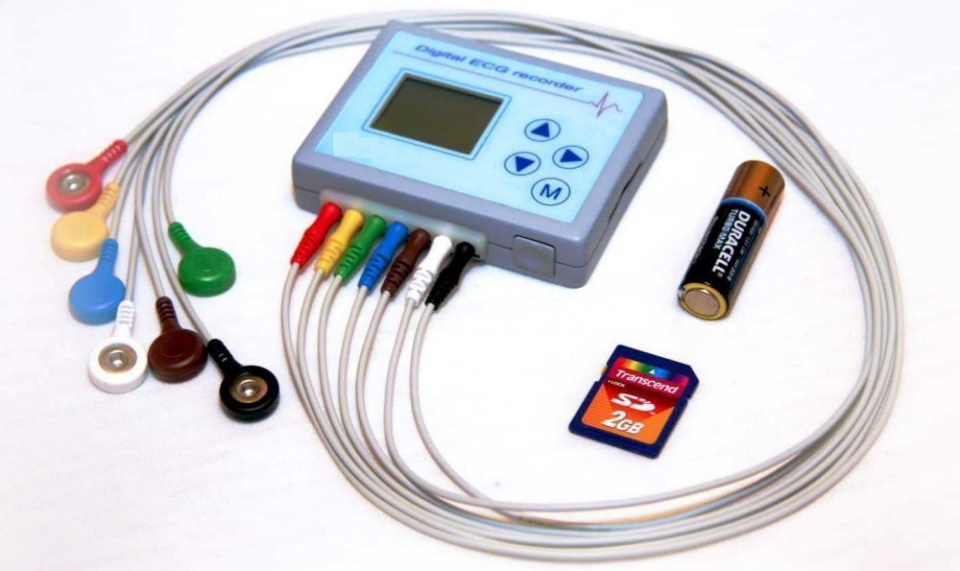
Types of Holter monitoring
1. With a permanent record.
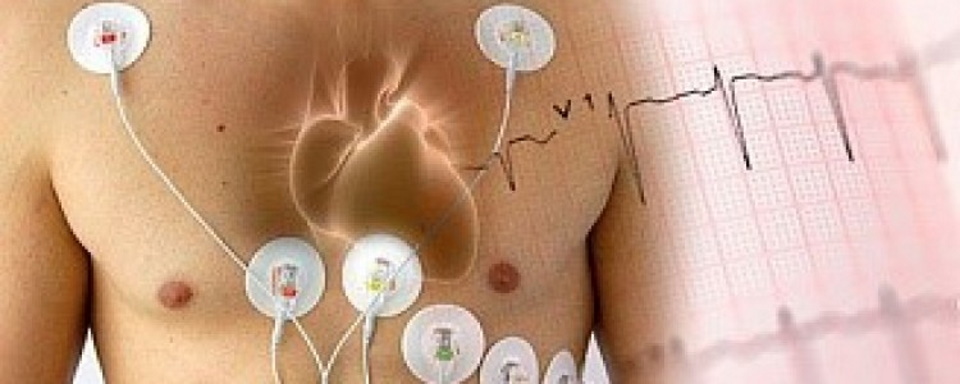
The most practiced monitoring with the duration of the examination for one to three days and the registration of up to 100 thousand heart cycles. Some devices analyze the state of the ventricular complex (QRST), and in the event of a specific deviation provide feedback.
2. Fragmentary.
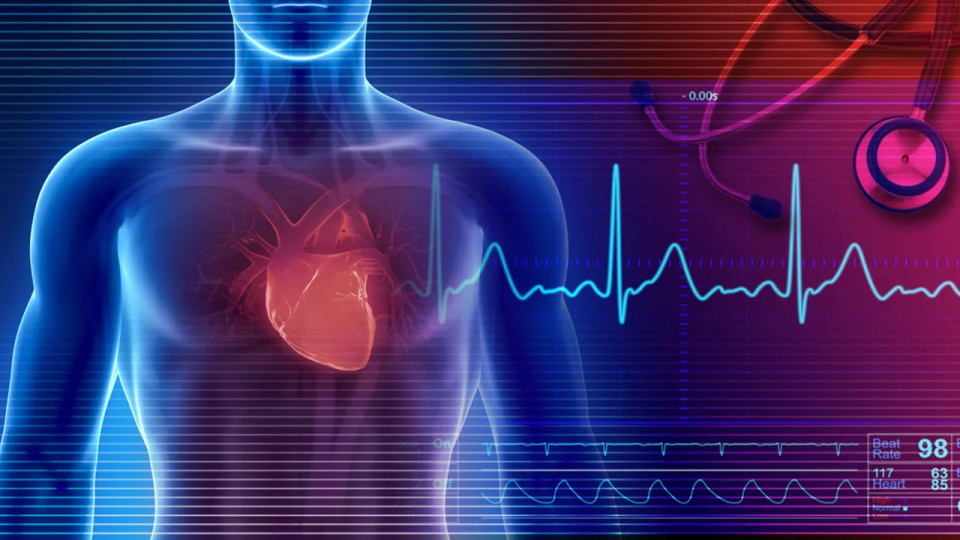
As a rule, it is prescribed to patients in an outpatient setting to register a cardiogram for arrhythmia, the attacks of which do not occur often. For this, an “event” recorder is used, equipped with a special button on the recorder. In case of deterioration of the patient's condition, press the start button and the ECG recording begins.In addition, this method does not exclude installation and continuous operation.
3. Implantable.
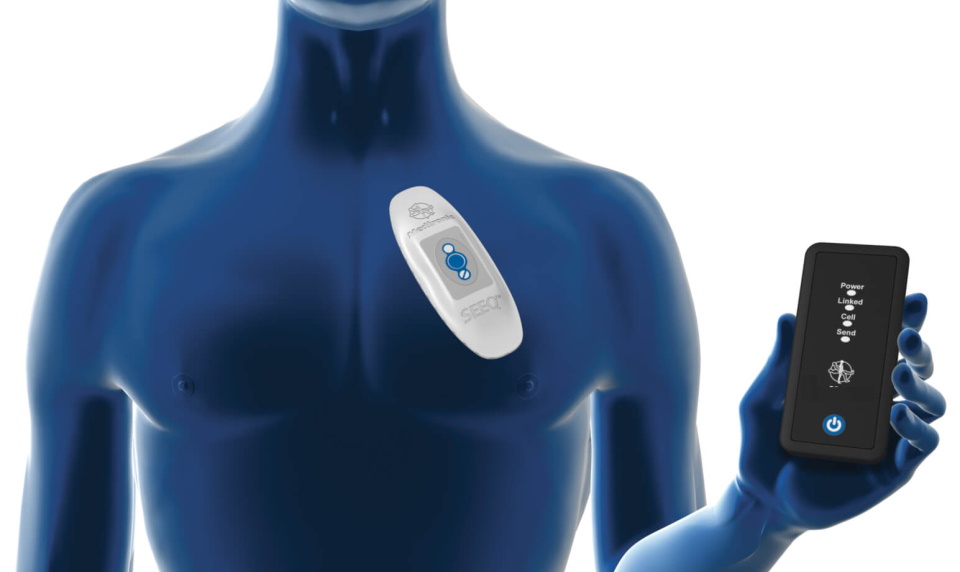
For a long-term ECG recording of several months.
Indications
1. The urgent need for research in cases:
- unexplained fainting, pre-syncope, sudden dizziness;
- heart palpitations for unknown reasons;
- monitoring the effectiveness of antiarrhythmic therapy;
- heart rate analysis with a pacemaker installed to set parameters or detect possible malfunctions.

2. Obtaining new information to change the diagnosis or appointment when:
- sudden shortness of breath, chest pain or weakness of unknown cause;
- fainting, palpitations or weakness during treatment or detected arrhythmias;
- after a heart attack in violation of the function of the left ventricle;
- circulation with chronic insufficiency;
- hypertrophic cardiomyopathy of the idiopathic type;
- assessment of the negative impact of certain drugs;
- fixing the heart rate in patients with atrial fibrillation;
- documentary fixation of intermittent arrhythmias;
- assessment of the functioning of the installed defibrillator or pacemaker;
- assessment of the frequency of arrhythmia in patients with an installed pacemaker or defibrillator;
- suspected angina pectoris;
- the presence of contraindications for taking an ECG under physical exertion with chest pain;
- the presence of contraindications to the exercise test before and after coronary bypass surgery;
- the presence of chest pain and diagnosed coronary heart disease (CHD).
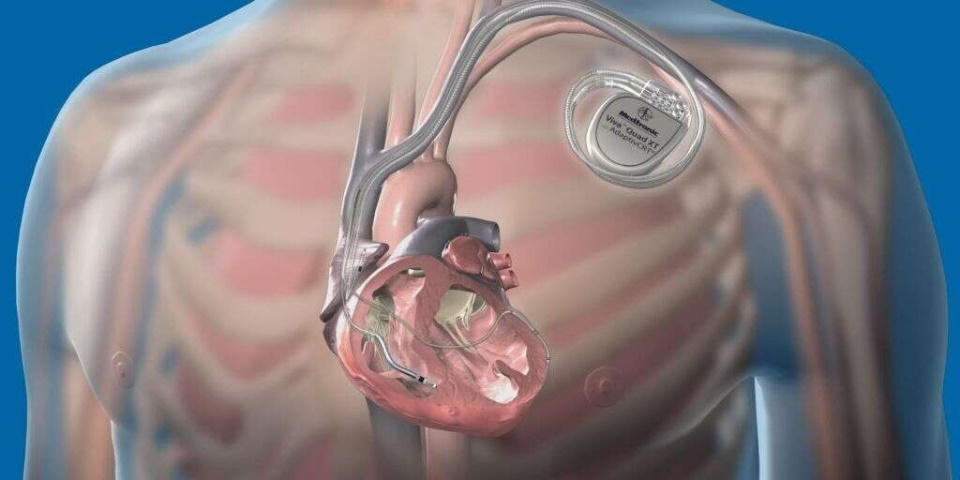
3. Assessment of the risks of further deterioration of the condition without changing the final diagnosis, prognosis and treatment tactics in the following cases:
- pre-syncope, palpitations or weakness for previously established reasons;
- periodic dizziness, decreased vision, headache, tinnitus;
- left ventricular hypertrophy and hypertension;
- conditions after a heart attack with normal functioning of the left ventricle;
- diabetes mellitus to determine the degree of neuropathy;
- confirmation of the failure of implanted devices in case of detection of defects in the work by other research methods;
- preventive examination of a patient with an installed defibrillator or pacemaker.
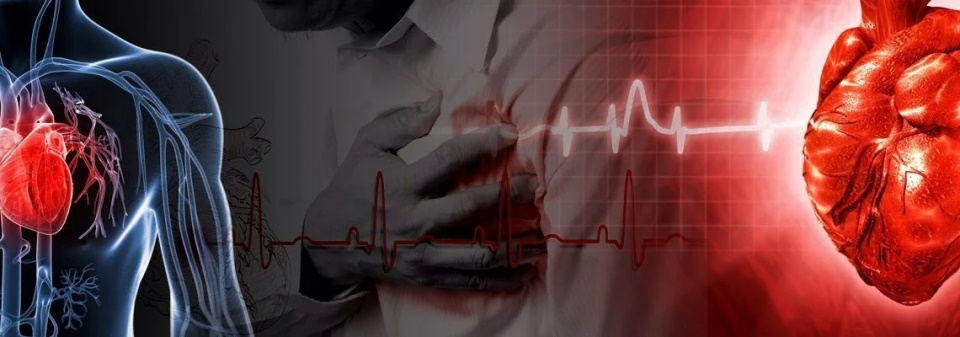
Contraindications
There are no absolute contraindications for health. Relative contraindications are burns, chest injuries with other violations of the integrity of the skin in the areas where the sensors are attached. In the case of increased activity of the subject (sensors can fly off from waving his arms, sudden movements or when jumping), the study will be difficult.
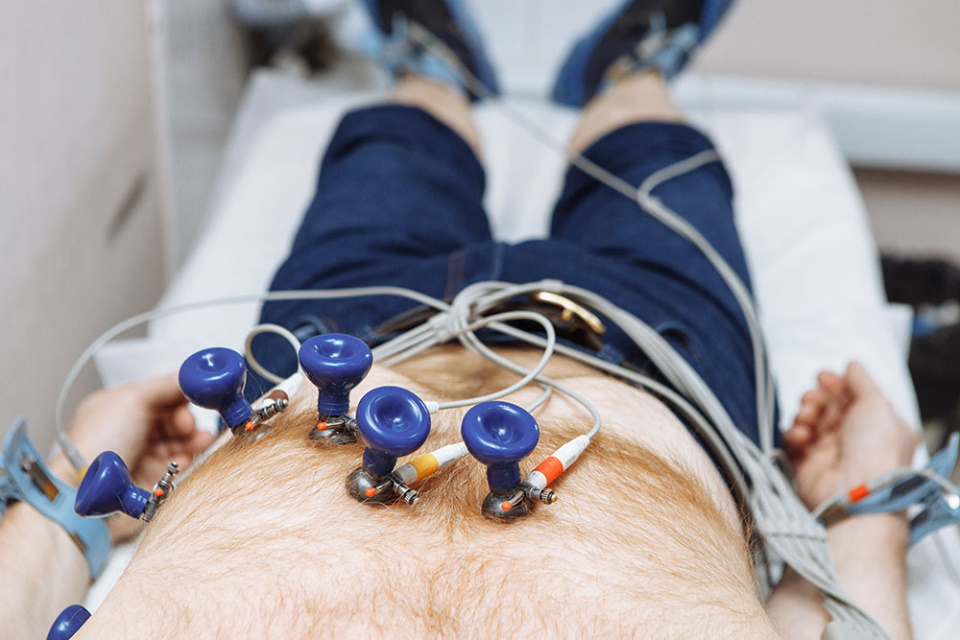
According to cardiologists, there are no restrictions on age or concomitant diseases for the examination, because it does not interfere with the work of the patient's body and everyday life.
There is no danger of electric shock when wearing the device.
Monitoring cost
The average price of a daily examination in Moscow is 3,500 rubles. First of all, the cost is affected by the functionality and price of the device itself - the latest devices with 12 leads are much more expensive than those that record two or three leads.
An important role is played by the qualification of a specialist, since the consultation of a doctor of the highest category with a scientific title is valued much higher than the conclusion that a young doctor will provide. In addition, the urgency of decoding also affects the price, according to patient reviews.
Where could I buy
Holter monitoring systems are sold in retail chains engaged in the sale of medical equipment, as well as in companies producing such equipment or order inexpensive new items online in the online store. Consultants who have undergone special training will prompt and give recommendations and advice - selection criteria, what kind of holters are, how to choose, how much the right product costs, which company is better to buy and what to look for in order to avoid mistakes when choosing.
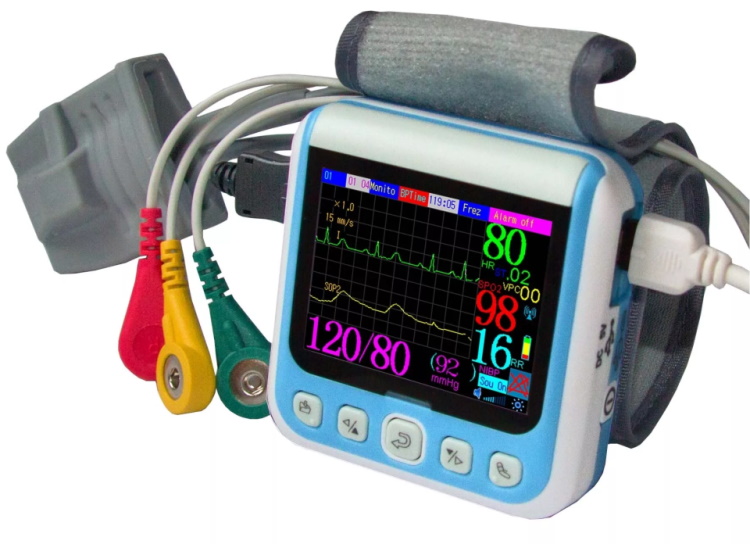
At the same time, ordinary buyers do not have to worry about where to buy modern holters. The best manufacturers and conscientious sellers work only with legal entities and representatives of medical institutions, offering the best budget models or premium products for cardiology departments. The "grey market" may offer products and models that have nothing to do with real Norman Holter diagnostic equipment.
The best Holter monitoring systems
The rating of high-quality models of Holter monitoring systems is based on the feedback of specialists involved in the purchase of medical equipment for their institutions. The popularity of models is due to functionality, ease of use and management, as well as versatility. The review presents a rating of holters with the main characteristics, photos and descriptions, divided by the number of leads for fixing the parameters - three and 12 channel devices.
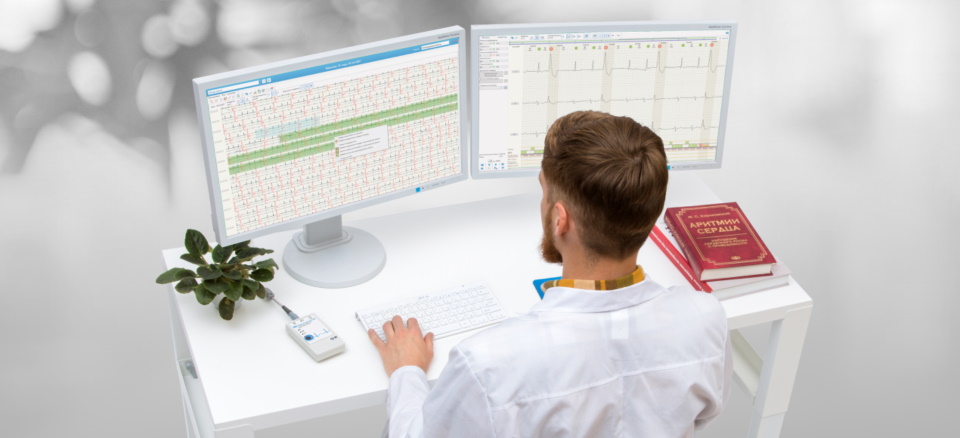
TOP 4 best three-channel Holter monitoring systems
Valenta MN-08
votes 27
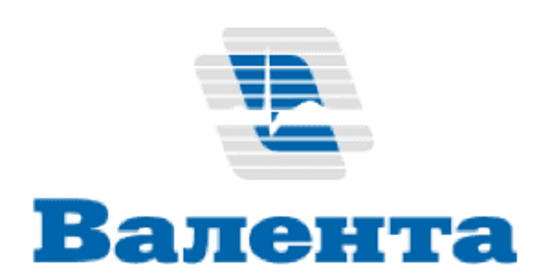
Brand - "Valenta" (Russia).
The manufacturing company is Neo Company LLC (Russia).
Wearable model for continuous recording of ECG simultaneously in three leads.Provides effective assistance in the rapid detection of heart rhythm failures and the detection of ischemic disorders. The device is recommended for equipping healthcare facilities, primarily for use in cardiology departments. Equipped with an event button to remember changes in the patient's condition.
The use of special software allows you to highlight areas of artifacts, analyze QT, filter noise and evaluate changes in heart rate.
The operating mode is set in 10 minutes. The minimum time between failures is not less than two thousand hours. Service life - five years, manufacturer's warranty - two years. Dimensions - 72x63x20 mm, weight - 60 grams.
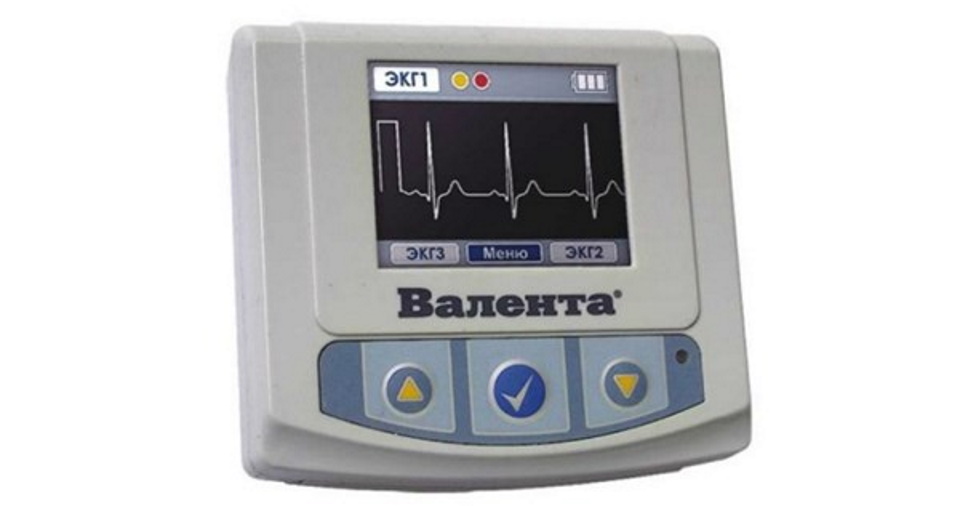
You can buy at a price of 45,000 rubles.
- continuous operation without changing AA batteries for 72 hours;
- color monitor;
- interface with a computer ensures the transfer of data to electronic cards of patients, archiving and processing as needed;
- storing results on an SD card;
- compactness;
- light weight;
- high mobility.
- the package at the indicated price does not include software.
Video tutorial for installing the device:
Monitor KRN-01
votes 26

Brand - "Monitor" (Russia).
Country of origin - Russia.
A compact product that allows you to detect cardiovascular diseases of various directions in an outpatient setting. The three-channel model allows long-term ECG monitoring with subsequent data transfer to a computer for analysis. Precise signal processing is performed by the Safe Heart System software with professional hand tools and automated systems. On a modern screen, modes, alarms, curves and other important information are displayed in high resolution.Recognition of more than 80% of available artifacts is guaranteed.
Diagnosis accuracy is enhanced by the ability to edit incorrect automatic interpretation. Reports are printed on the printer in accordance with predefined forms (duration of observation, patient data, date, cardiogram, heart rate data, ST shifts, etc.).
Dimensions - 107x77x32 mm, weight no more than 150 grams with a cover.
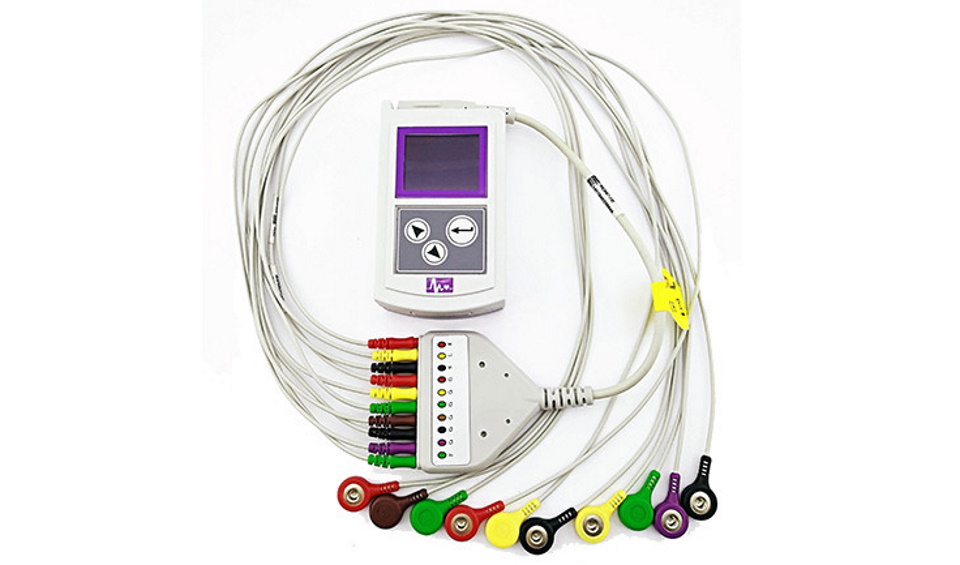
Sold at a price of 84500 rubles.
- Ease of controls;
- with the function of accurate recognition of QRS complexes;
- high degree of automation;
- color OLED monitor;
- portability and compactness;
- light weight 150 grams;
- powered by AA batteries;
- the possibility of expanding the internal memory using a card;
- individual settings for each channel.
- there are no critical ones.
BPLab Combi-2/3
votes 19

Brand - Bplab (Russia).
Producer - Pyotr Telegin LLC (Russia).
Universal model for long-term or short-term recording of ECG parameters in two or three leads for diagnosing the functioning of the heart. The device is included in the list of standard equipment for departments of functional diagnostics. A good solution when servicing an intensive flow of patients. The ability to classify and group QRS with the distribution of information for easy storage and further use. Intuitive control interface.
The backlight of the monitor provides a good reading of the data. The maximum duration of monitoring is not less than 11 days.
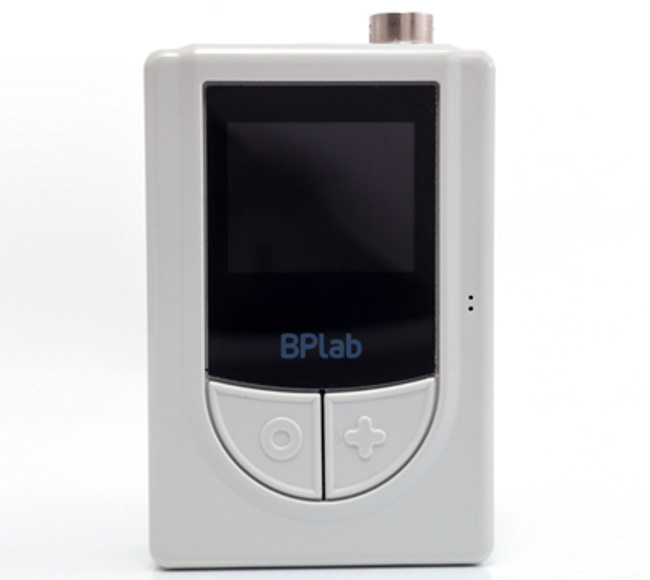
Sold at a price of 121,000 rubles.
- registration through two or three channels;
- data transfer via Bluetooth or using an SD card;
- duration of work within one to three days with a maximum duration of up to 11 days;
- easy management, according to buyers;
- wide range of software;
- visual presentation of the report in a convenient form;
- small dimensions (WxDxH) - 15x22x3 cm;
- light weight.
- high price.
CARDIO-Astel
votes 26
Brand - Astel.
Country of origin - Russia.
A modern system for electrocardiological monitoring of the state of the myocardium and continuous recording of the electrocardiogram. Included in the equipment standard for medical institutions. Works in two or three leads with the ability to connect the cable of a freely moving patient. The resistance of the placed electrodes is controlled without a computer.
The "Event" button for the label on the cardiogram is set. The daily record is transferred in 40 seconds. There is a function for assessing the quality of the recorded ECG on the computer display and on the registrar.
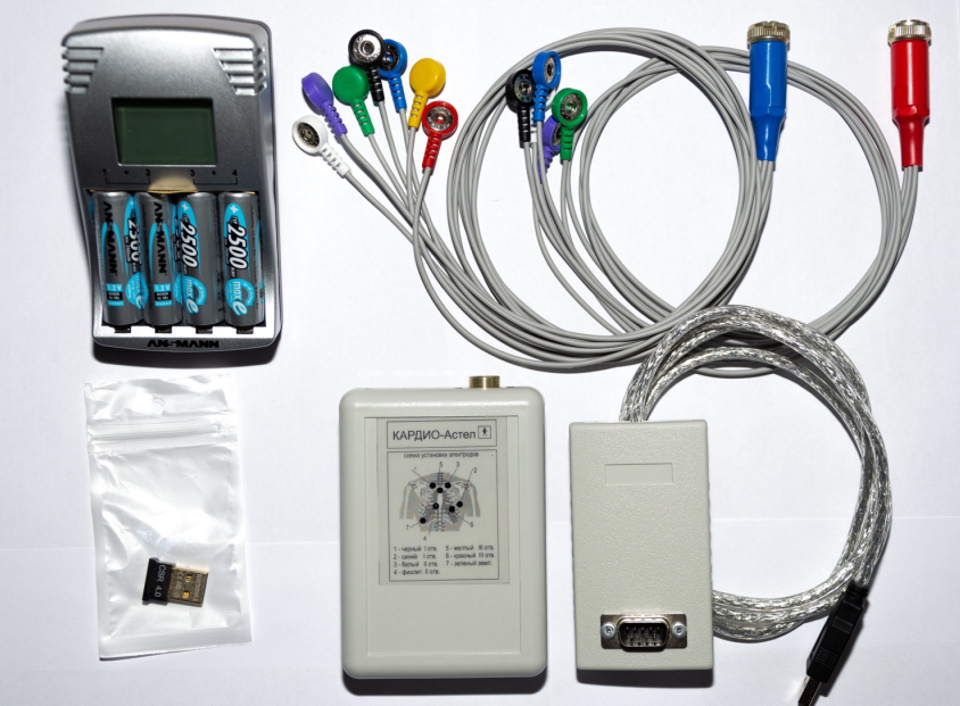
Warranty period 12 months. You can buy at a price of 127350 rubles.
- wireless data transmission via Bluetooth;
- sound signal with the beginning and end of daily registration;
- battery operation;
- small dimensions;
- light weight;
- affordable price.
- delivery set without display.
Holter installation video:
TOP 5 best 12-lead Holter systems
Cardiotechnics-07-AD-3/12R
votes 39
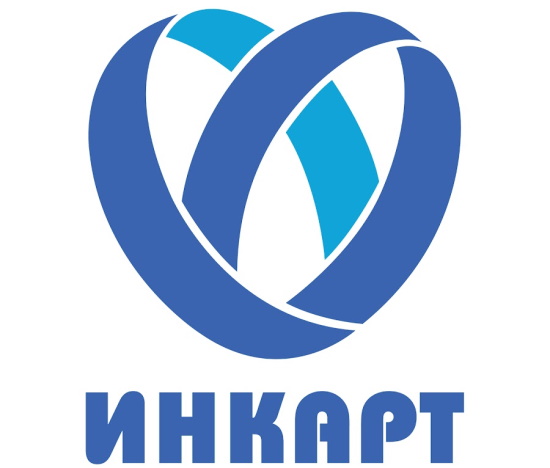
Brand - "INKART" (Russia).
Country Russia.
A compact model of diagnostic equipment with two functions, Russian-made according to German technology, for hospitals. The workstation is designed for multi-day continuous monitoring of blood pressure and registration of the patient's ECG in 12 or three leads. Equipped with external and internal motion sensors.In the process of work, not only motor activity is recorded, but also the position of the body. The duration of registration of ECG leads is up to 48 hours.
Blood pressure is measured using the oscillometric method and Korotkoff sounds. You can keep a detailed electronic diary of the patient. Product weight - 330 grams (with battery).
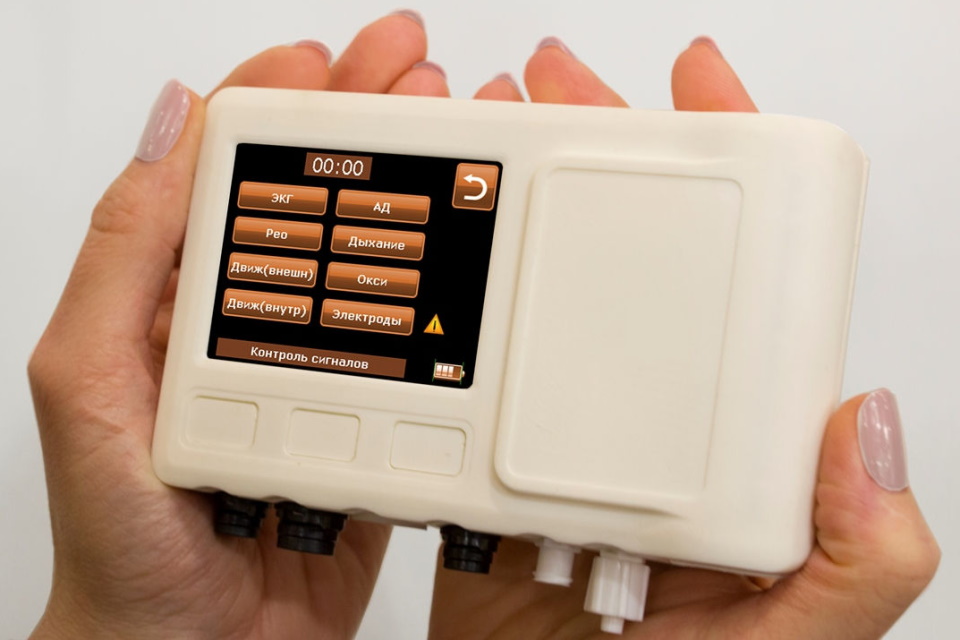
Offered at a price of 325,900 rubles.
- large multifunctional color display;
- touch control;
- good functionality;
- the possibility of recording ECG and blood pressure;
- records two rheopneumograms (abdominal and thoracic);
- with adjustable straps;
- battery operation;
- weight - 330 grams.
- high price.
Video check of the monitoring system:
Astrocard HE12BP
votes 17
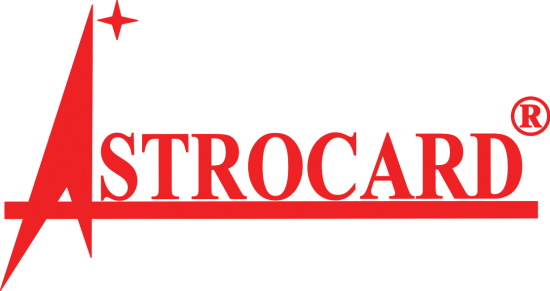
Brand - Astrocard (Russia).
Country Russia.
Universal combined set for Holter diagnostics of domestic production for medical institutions. The updated functionality allows you to record data on 12 leads. Easily measures blood pressure by two methods for various diagnoses - auscultatory and oscillometric.
You can analyze heart rhythm disturbances and ST-dynamics, QT interval and variability. The cardiogram is recorded with high resolution. Compressors and valves installed in the device are of German and Japanese production.
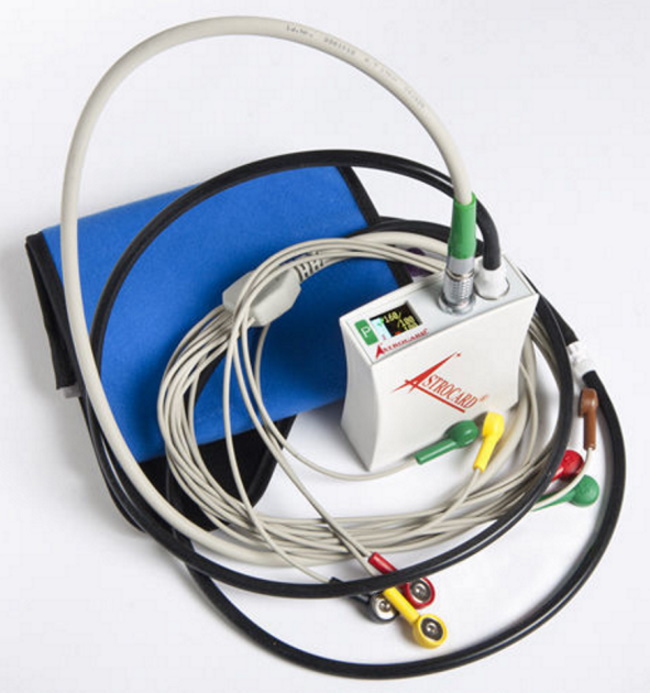
The price depends on the configuration and varies from 120,000 to 946,000 rubles.
- a wide range of available analysis;
- high sampling rate;
- color graphic monitor;
- use of the latest technologies;
- complex registration of blood pressure and ECG;
- durable body material;
- European Union certification;
- high reliability, confirmed by testing in Russian research centers;
- excellent performance characteristics;
- optimal price-quality ratio.
- not identified.
SE-2003/SE-2012
votes 19
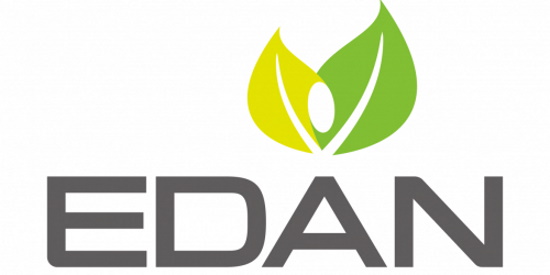
Brand - Edan (China).
Country - China.
Lightweight digital device for daily monitoring of myocardial activity through 3/12 channels for outpatient examinations or in clinical cardiology. The duration of continuous operation from AAA batteries is up to seven days. The ECG trend is displayed online. Data is stored on SD cards.
Cardiograms are displayed on the monitor in real time.
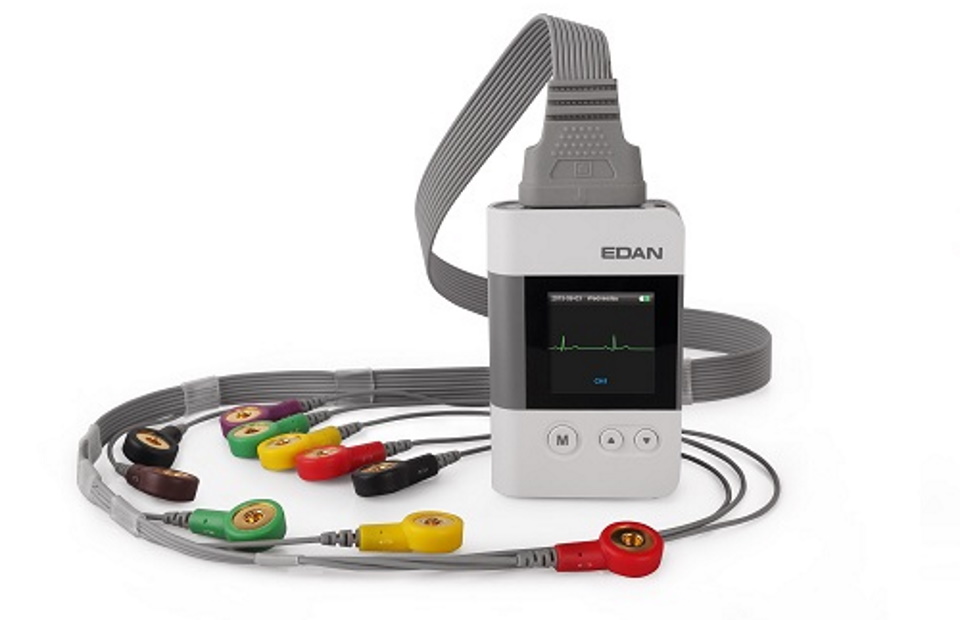
- registration on 12 channels;
- the possibility of continuous recording of data during the week;
- displaying trends and graphs;
- manual and automatic editing of the subject's data;
- analysis of various types of arrhythmia, heart rate, as well as the ST segment;
- assessment of myocardial ischemia;
- simple control;
- waterproof design;
- weight 42 grams;
- stylish design.
- not detected.
Walk400h
votes 15

Brand - Cardioline (Italy).
Country - Italy.
Ergonomic product for continuous recording of 12-channel ECG lasting from one to seven days. The built-in color LCD monitor simultaneously displays up to six online channels and other relevant information. Intuitive and clear management is carried out by the convenient joystick.
The functionality allows you to keep a "voice diary", determine the position of the subject in space, as well as connect to a computer via a USB port or via Bluetooth. Built-in memory 1 GB.
Dimensions 96x65x20 mm. Weight - 80/105 grams (without / with battery).
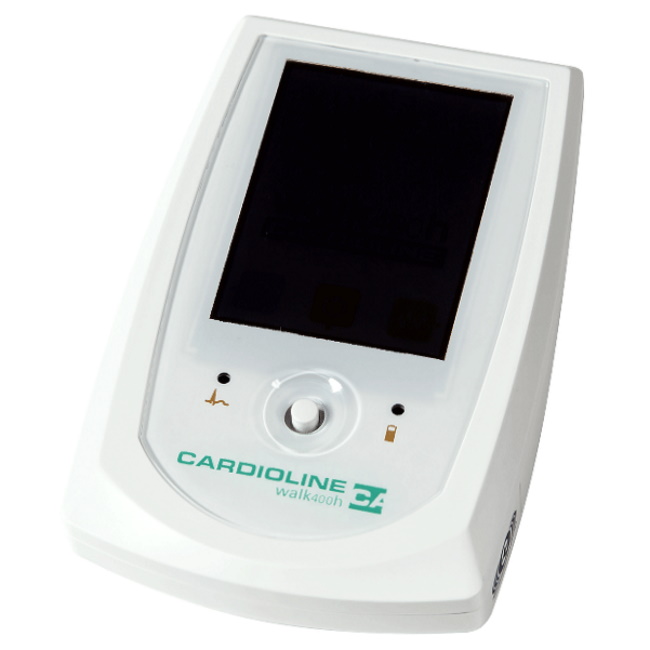
The price is from 243,900 rubles to 387,700 rubles, depending on the configuration.
- high-resolution color LCD monitor with simultaneous display of up to six channels;
- easy control of the five-position joystick;
- sequential registration mode;
- the presence of a voice recorder;
- duration of recording up to seven days;
- compatible with CARDIOLINE cubeholter software;
- ergonomic design.
- not detected.
Medilog FD12 Plus
votes 20

Brand - Schiller (Switzerland).
Country - Switzerland.
An advanced 3- or 12-channel ECG wearable device to meet the most demanding, accurate diagnostic needs in cardiology clinics. The use of the latest PureECG technology reduces the workload. Mobile ECG recording has been enhanced by the development of a unique amplifier for high quality recorded readings. When AF/AFL configuration is selected for a week, three ECG channels can be operated without battery replacement.
Displaying the data obtained during the examination on a convenient monitor. You can record voice data using the built-in microphone.
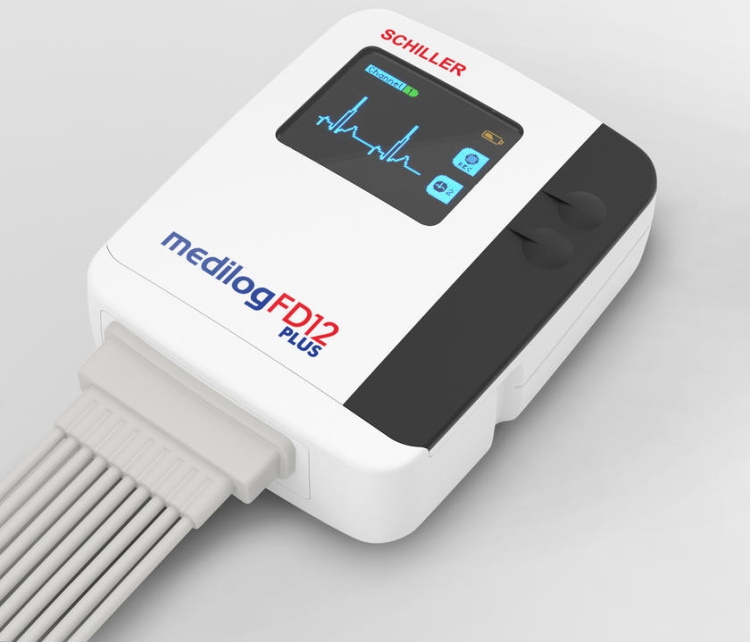
- the use of SD-cards of various sizes;
- three-dimensional accelerometer for high-quality recognition of motion patterns;
- HRV analysis thanks to high-precision recognition of QRS complexes online;
- PureECG technology;
- online P-wave detection and atrial analysis;
- apnea recognition;
- easy control;
- Bluetooth wireless interface;
- long-term registration up to seven days;
- increased moisture resistance.
- not identified.
Rules of conduct during the examination
- Do not allow water to get on the device and sensors - do not take water procedures during the day.
- Avoid heavy physical exertion and do not cause excessive sweating to prevent the electrodes from peeling off.
- Do not wear electrifying synthetic clothing and use cotton underwear during the examination.
- Do not drop, hit or expose to low or high temperatures or vibration.
- Do not use the device near aggressive agents (acids) and in the area of strong magnetic fields, incl. next to the microwave oven.
- Do not open the device yourself.
- Immediately inform the doctor about the incorrect operation of the device.
Take care of yourself and your loved ones!
Popular Articles
-

Top ranking of the best and cheapest scooters up to 50cc in 2022
Views: 131649 -

Rating of the best soundproofing materials for an apartment in 2022
Views: 127688 -

Rating of cheap analogues of expensive medicines for flu and colds for 2022
Views: 124517 -

The best men's sneakers in 2022
Views: 124031 -

The Best Complex Vitamins in 2022
Views: 121938 -

Top ranking of the best smartwatches 2022 - price-quality ratio
Views: 114978 -

The best paint for gray hair - top rating 2022
Views: 113393 -

Ranking of the best wood paints for interior work in 2022
Views: 110318 -

Rating of the best spinning reels in 2022
Views: 105327 -

Ranking of the best sex dolls for men for 2022
Views: 104363 -

Ranking of the best action cameras from China in 2022
Views: 102214 -

The most effective calcium preparations for adults and children in 2022
Views: 102010